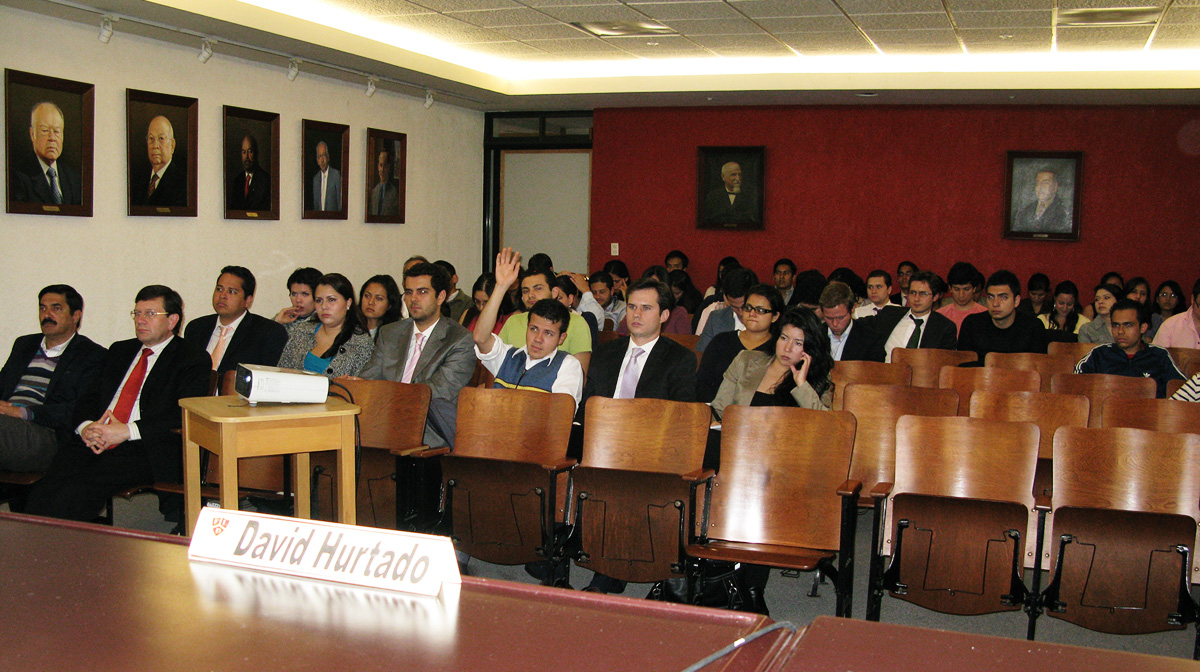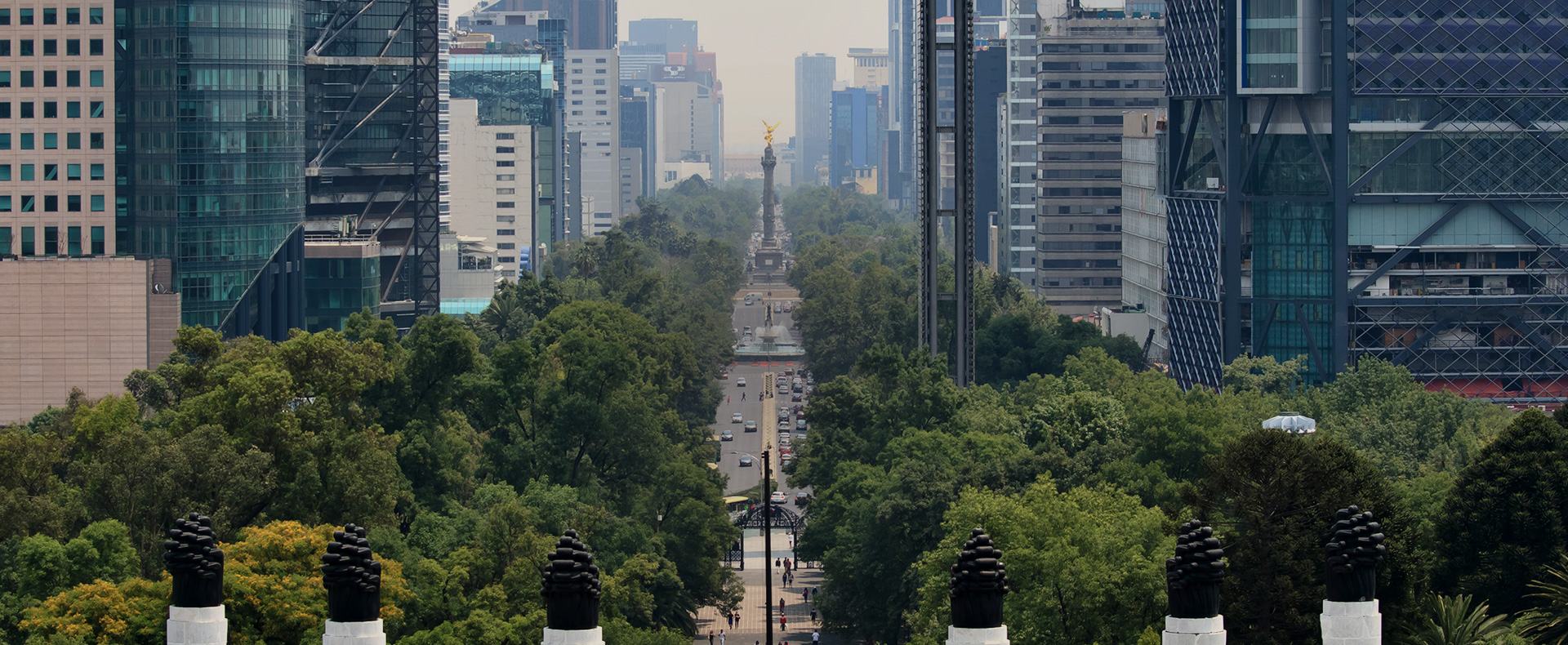Observing the Spread of Pro Bono Culture in Mexico

In late March, Omar Riojas (Seattle) and I had the opportunity to return to Mexico City with New Perimeter to continue its work with Mexico Appleseed in encouraging a culture of pro bono services in Mexico’s legal system.
In the four short years since I took my first trip with New Perimeter, the progress Mexico Appleseed has made in encouraging pro bono work and expanding access to legal services is apparent. Four years ago, we were explaining the worth of doing pro bono legal work and theories of corporate social responsibility; now we are talking more practical application – how to locate clients and areas of need, how to bring and manage cases, how to recognize lawyers who do such pro bono work, and, most importantly, how recent reforms in Mexico’s legal system can be used for the greater good.
Before I arrived, Maru Cortazar of Mexico Appleseed and Francisco Escutia of Red Pro Bono (Appleseed’s pro bono network) had already done the legwork to set up a series of presentations with lawyers and law students. Over the course of a marathon-long day (and this coming from a marathon runner), Omar and I met a number of lawyers and law students interested in the use of public interest litigation – and particularly the class action mechanism – to address social, political and economic inequalities.
We started at a breakfast with a group of lawyers from La Barra Mexicana, in a lovely high-ceilinged, turn-of-the-century building. Unlike previous visits, which concentrated on law schools and students, this visit focused on practicing lawyers and bar associations who work with Appleseed. This group of smart, successful lawyers were well aware of the need for greater access to legal services and were already brainstorming ways to use pro bono litigation and Mexico’s new class action mechanism to supplement community work already being done.
After breakfast, we visited the dramatic, modern Museo Soumaya in the Colonia Polanco alongside the world headquarters of TelMex. The museum hosts the art collection of the Carlos Slim Foundation, including a world-class mixture of Mexican artists and European masters: sculpture by Rodin and Dali; paintings from Mexican muralists Orozco, Rivera, Siqueiros; impressionist pieces by Manet, Monet, Degas, Renoir; and old masters like El Greco and Rubens. The museum is free and was crowded with school kids in crisp uniforms on field trips, and I was struck by how important it was that the great wealth and sophistication of modern Mexico was being shared with the public (as well as lucky foreign visitors like me).
Managing to escape the worst of Mexico City traffic, we headed nearby for a luncheon with a group of business lawyers from ANADE, the Asociacion Nacional de Abogados de Empresas, who wanted to hear about the US experience with class actions – not just from a commercial perspective on behalf of their business clients, but also to learn how the US uses class action litigation in the social and political arena.
Finally, we ended the evening with a class at Escuela Libre De Derecho (the distinguished law school known by its alumnae as La Libre) taught by David Hurtado, one of Mexico Appleseed’s board members. These were savvy, 21st-century law students – armed with cell phones and laptops, and conscious of Mexico’s participation in the global economy and culture, yet also aware of persisting class and social inequities in Mexican society and hopeful that the legal system will help remedy those issues. The Libre was preparing for the arrival of their alumnus, the departing president of Mexico, Felipe Calderon, for a public appearance the next day. Like the notable alumnae of their school, the students at La Libre and other law schools in Mexico will have an essential role in developing Mexico’s judicial and legal system in the future. With Appleseed’s help and encouragement, I hope they will ensure that it is accessible to the most needy.
Related project
Supporting the Growth of Pro Bono in Mexico
